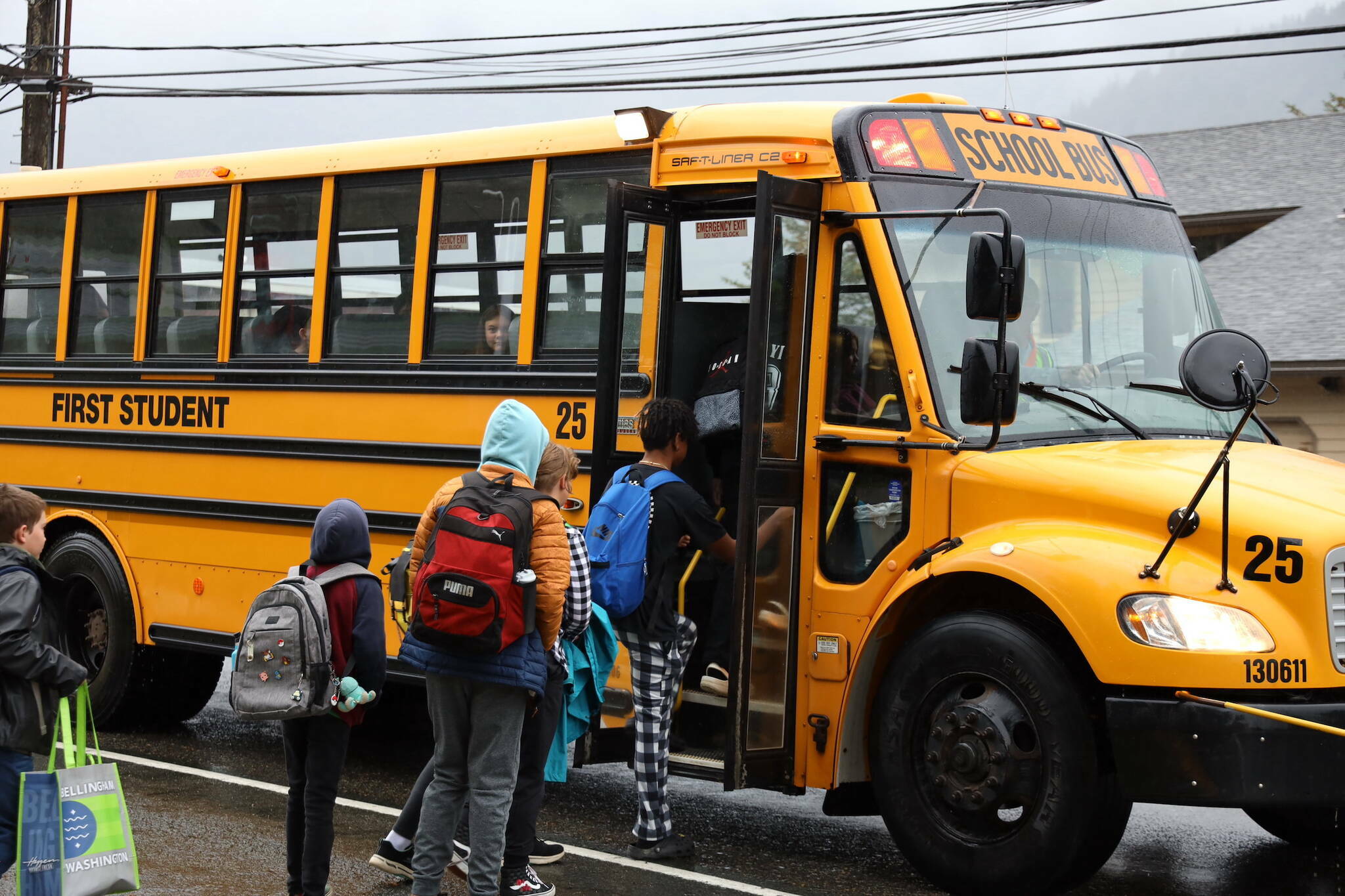During school board public comment sessions on proposed school reorganization options, many people suggested ways to keep both Thunder Mountain and Juneau-Douglas high schools open. Many of us were disappointed to learn that the board voted (5 to 2) to adopt a plan to close Thunder Mountain as a high school and use it instead as the only public middle school, and to use Juneau Douglas as the only major high school.
This decision was based on two primary assumptions: 1) We cannot expect a significant increase in the state Base Student Allocation (BSA) funding for next year; and 2) Juneau will continue to see declining student enrollment for the foreseeable future.
The first assumption may prove to be wrong since the Legislature passed a bill with a $680 per student BSA increase last week. This legislation also included matching funds for a federal grant to expand the internet to mostly rural school districts, increased funding correspondence schools and the Alaska Reads Act, and revisions to charter school rules. This compromise bill included some of the governor’s priorities, but he has signaled a possible veto. The Legislature could have enough votes to override it however, with the statewide outcry for an increased BSA, hopefully the governor will decide to put this issue to rest for this year and move on to other priorities.
The assumption that Juneau will continue to see declining school enrollment for the foreseeable future also deserves more discussion. Possibilities for increasing our population include electing a governor who decides that most appointed state positions should be based in Juneau (until recent years, most governors in our history have done that). Other potential population increases could result from basing a Coast Guard icebreaker in Juneau and continuing to work on affordable housing so young families can afford to buy homes.
School board members also expressed concern about having enough students in a high school to justify a robust curriculum. Other creative solutions could be explored to address this issue besides consolidating high schools, such as expanded partnerships with the University of Alaska Southeast.
An issue I raised during a public comment session was bussing. The board should have a careful analysis of this issue which, although funded separately from the BSA, is over $3.5 million in the current year JSD budget. The school district also is requesting an additional $200,000 from CBJ funds for pupil transportation for next year.
The approved reorganization plan could significantly increase the number of students bused and many who already ride buses will have much longer rides. Middle school students from the southern half of the borough, plus North Douglas, will be bused to Thunder Mountain in the valley, and high school students from the northern half of the borough will be bused to JDHS downtown. More high school students may opt to drive private vehicles, but this could result in significantly more 16- and 17-year-olds driving back and forth.
There is a study in the National Library of Medicine titled: “Pupil behavior on school busses and potential risk factors for injury: an observational study.” It found, “pupil behaviors, such as rowdiness, noisiness, conflicts between pupils and not remaining seated were observed.” Another conclusion was “bus drivers cannot be expected to…deal with pupil misconduct while also driving safely.”
The findings of this study are consistent with stories we hear from the two elementary school-age grandkids who live with us past 8-mile North Douglas.
Currently, our kids board the bus to Sayeik Gastineau 45 minutes before school starts and transport time takes about 30 minutes — sometimes longer on snowy days. They are often stressed out when they get off the bus after school. If, in the future, they must spend 45 minutes to an hour or longer on the bus to and from middle school at Thunder Mountain, how much additional stress will they endure? There should be much more discussion of the impacts of long school bus rides on students’ behaviors and stress levels. This could be a serious unintended consequence, could negatively impact school attendance, and may result in more families, including ours, considering home schooling.
We prefer to have our kids attend public schools because Juneau has excellent teachers, and we value the benefits of students learning to socialize with peers from diverse backgrounds. However, we will weigh those pros with the cons of them spending eight or more hours per week in an often-stressful school bus environment.
If the board proceeds with implementing its current reorganization plan, I strongly recommend hiring school bus monitors to help control students’ behaviors.
According to the National Labor Relations Board, there are over 64,000 employed school bus monitors across the U.S. Their role is defined as: maintain order among students on a school bus, help students safely board and exit, communicate behavior problems, perform pretrip and post trip inspections, and assist in emergency evacuations.
There would be an additional cost to this, but hiring school bus monitors could help reduce behavior problems and stress levels among students, especially on long bus trips.
• Mark S. Johnson has lived in Juneau for over 45 years. He and his wife live in Bayview, North Douglas, with two elementary school-age grandkids.

